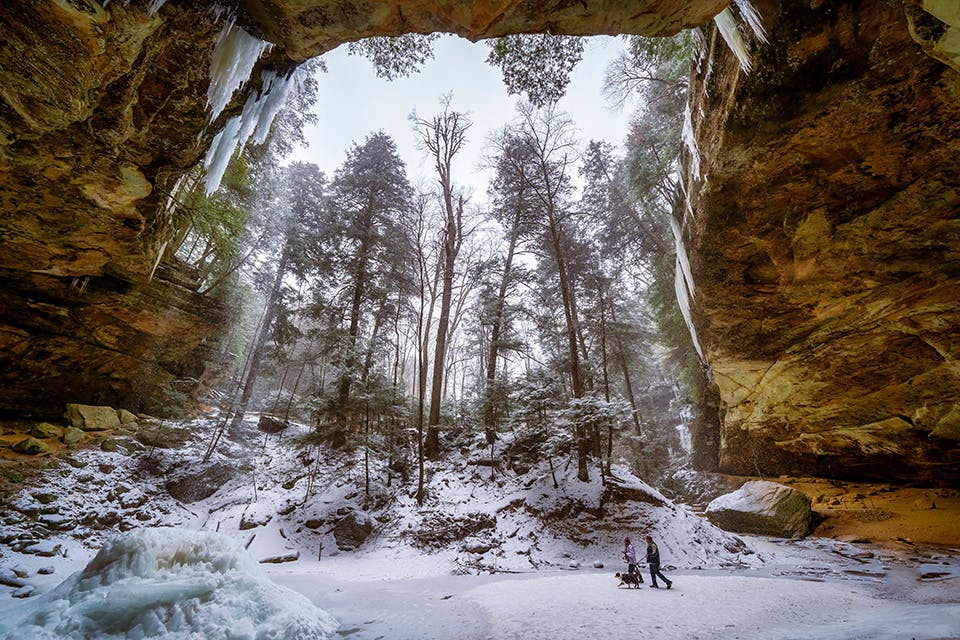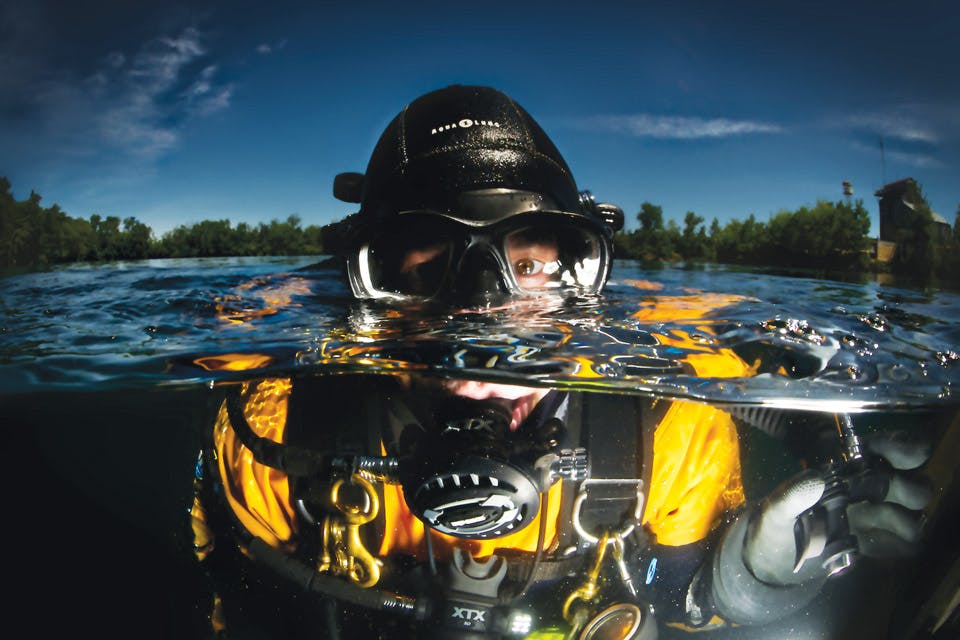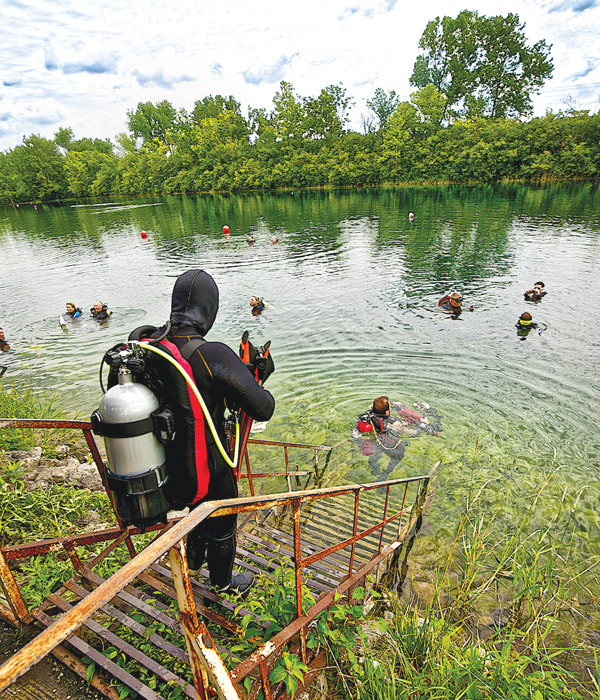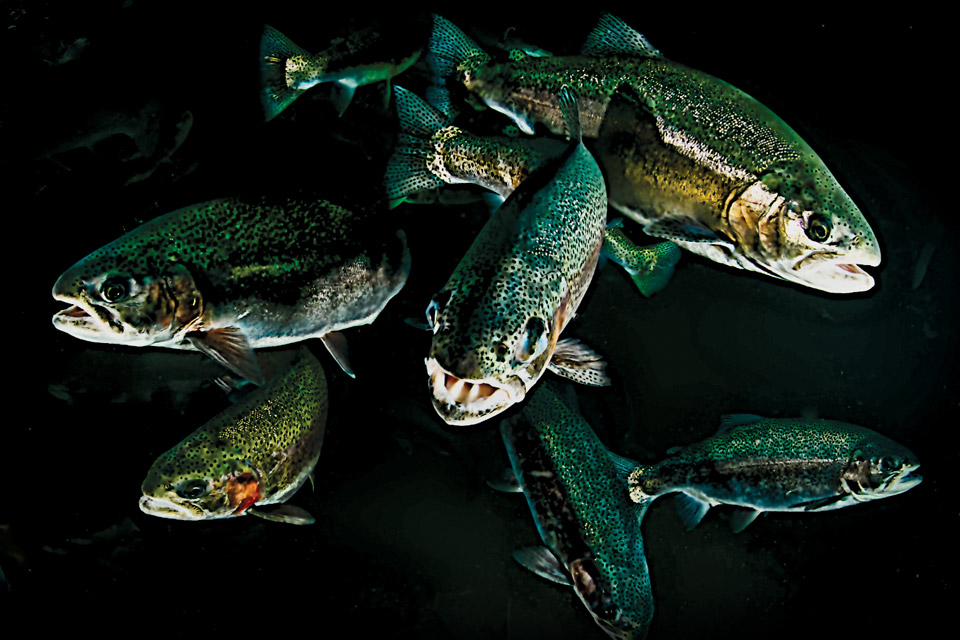Ohio Life
The Alluring Underwater Photography of Scuba Diver Mark Thomas
Scuba diver Mark Thomas of Hilliard documents the wonder of Ohio’s water-filled quarries while teaching others how to do the same.
Related Articles

Two Photographers Share the Quiet Beauty of Ohio’s Cemeteries
Take a glimpse into This Place of Silence, a book featuring the work of photographers Ian Adams and Randall Lee Schieber, whose images encapsulate the majesty, history and tranquility of Ohio’s cemeteries. READ MORE >>

Photos that Capture the Beauty of Winter in Ohio
Ohioans may not always love this time of year, but these four photographers show the wonder that can be found here as temperatures drop. READ MORE >>

See “Modern Women/Modern Vision” at the Taft Museum of Art
A photography exhibition on display in Cincinnati through Sept. 10 features around 100 works by groundbreaking women artists in the medium. READ MORE >>






